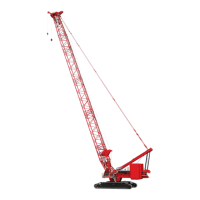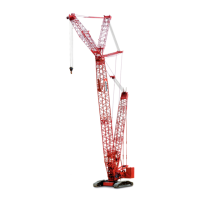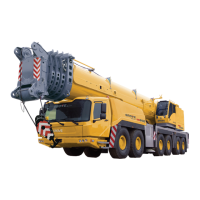Figure 3-7 continued. Drum Identification
Configuration
HANDLE A
Controls Drum
HANDLE B
5
Controls Drum
HANDLE C
Controls Drum
HANDLE D
Controls Drum
With Live Mast (without fixed mast)
Live Mast Handling (crane assembly)
1
4 1
AC
2
or 2 or 3
3
6 or 5
3
Boom only 4
12 or 3
3
3 or 6
3
Boom with Luffing Jib 6
1 2 or 3
3
3 or 4
3
Boom with Fixed Jib 4
12 or 3
3
3 or 6
3
Boom with Luffing Jib and Fixed Jib Attached 6
1 2 or 3
3
3 or 4
3
With Live Mast and Fixed Mast
Fixed Mast Handling (crane assembly)
4
4
1 2, 3, or 6
3
5
Boom only 5
12 or 3
3
3 or 6
3
Boom with Luffing Jib 6
1 2 or 3
3
3 or 5
3
Boom with Fixed Jib 5
12 or 3
3
3 or 6
3
Boom with Luffing Jib and Fixed Jib Attached 6
1 2 or 3
3
3 or 5
3
1
Live Mast Configuration selected in RCL/RCI display.
2
AC: Handle C provides proportional control of the self-erect cylinder (assembly cylinder). For current production
cranes (CCM-10 software version 0.022 and newer), the self-erect cylinder must be turned ON in the Mode
Selection Group of the main display.
3
Combination of parked and un-parked drums determines which drum is operable.
4
Fixed Mast Configuration selected in RCL/RCI display.
5
When TANDEM drums are configured in the RCL/RCI, Handle B controls both drums simultaneously when both
drums are unparked. To control the drums independently when TANDEM drums are configured, see the NOTE on
page 73
.
